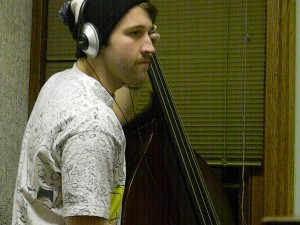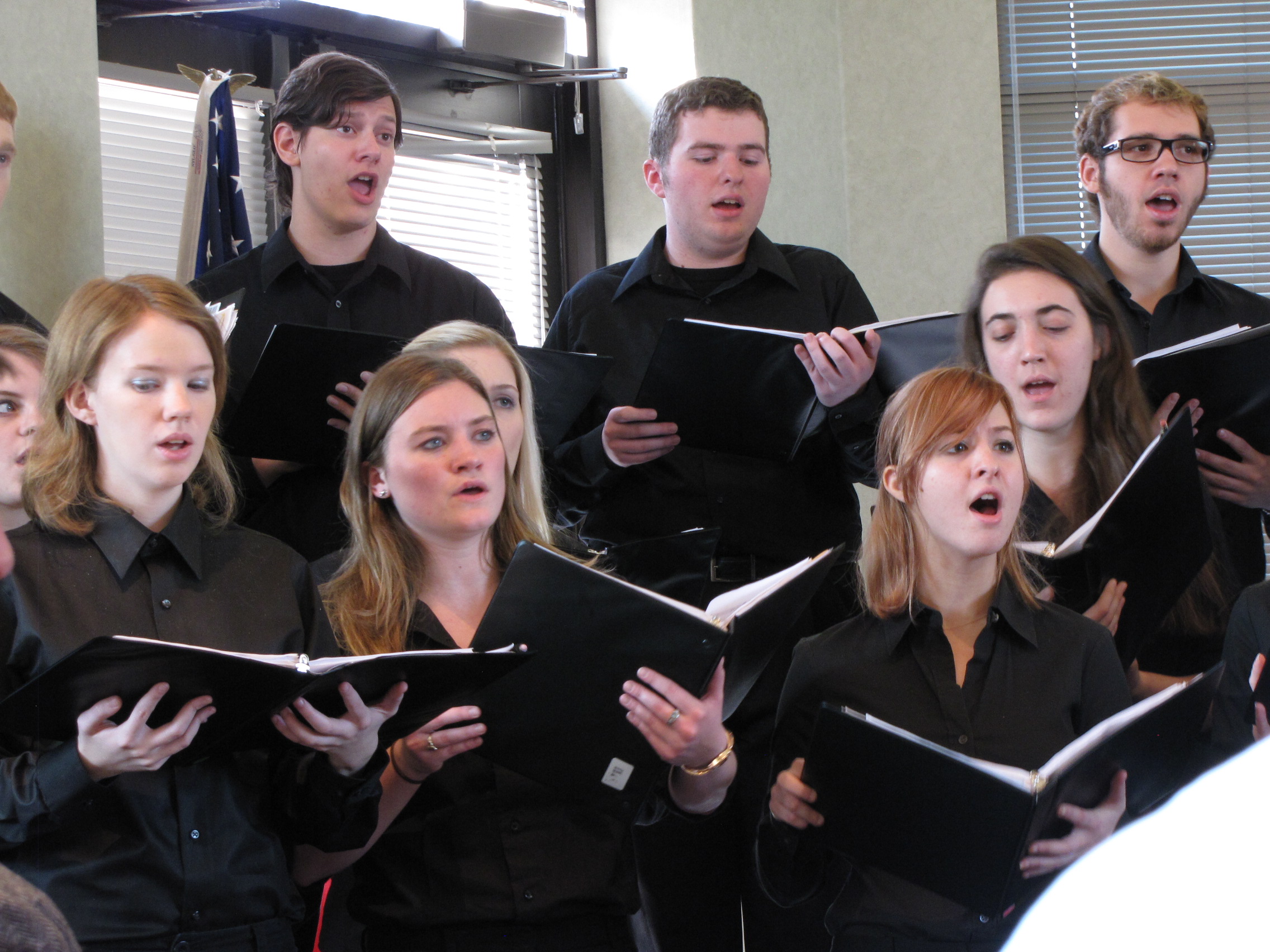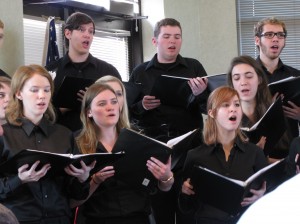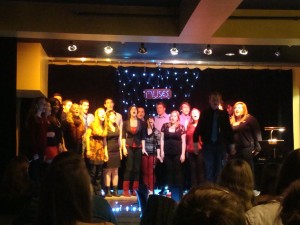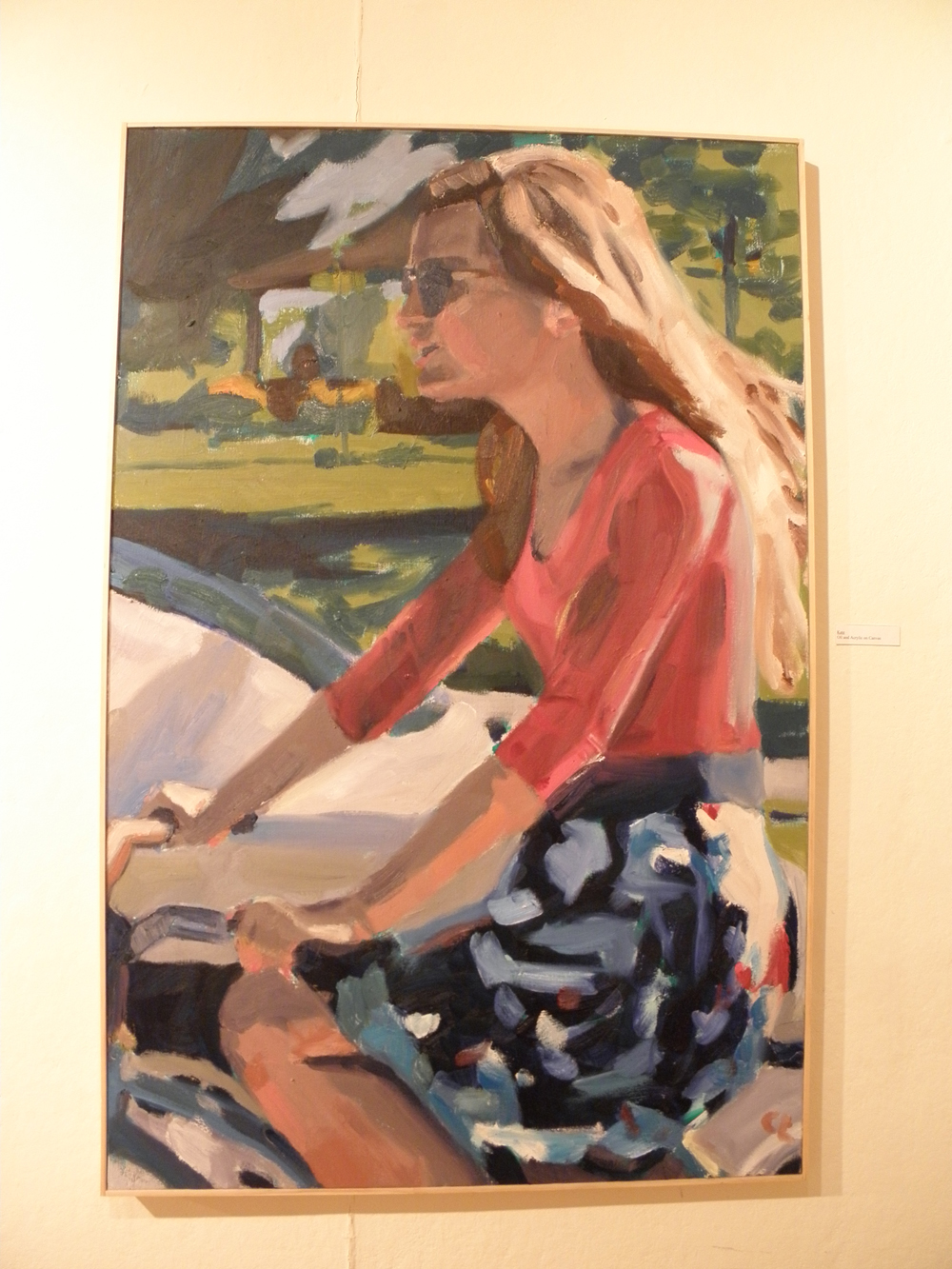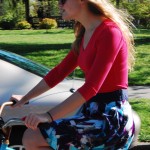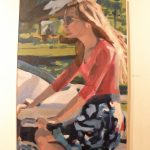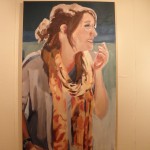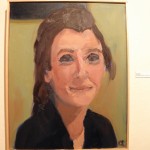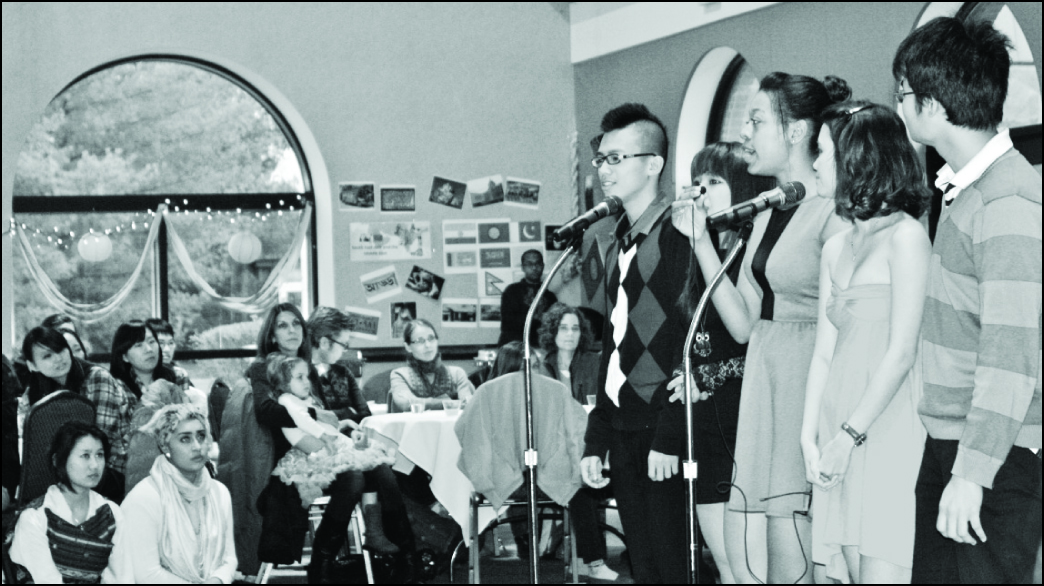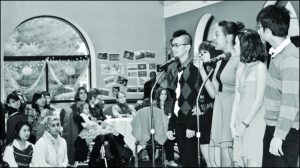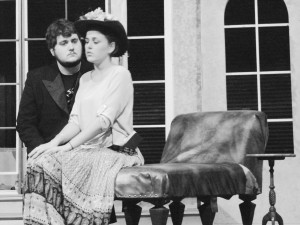
Photo Editor
Little things are coming together to create the big picture for the Ohio Wesleyan Department of Theatre’s production of “The Passion of Dracula.”
Senior Margaret Knecht, master electrician for the play, said the lighting will capture the audience’s attention.
“(Dracula) is probably more different because of what we’re doing with tech,” she said.
“There is a lot of special effects; we’re using flash paper (thin paper treated with acid so that it will vanish in a flash when ignited) and fun little things lighting-wise.
“It’s going to be subtle differences that I don’t think the audience will be expecting and they are going to be really, really impressed.”
The department has brought in Jeff Gress, resident designer and associate professor in theatre at Capital University, as a guest lighting designer.
“Dracula” is the fourth production Gress has designed for OWU.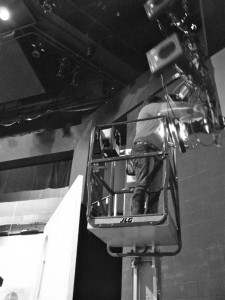
“We settled on a stylistic and technical solution for the lighting that is somewhat different than the space has seen before,” Gress said. ”I’ll be curious to see how people in the audience respond to the ideas. We are shooting for more of an event feel to the lighting than a purely theatrical one. It should be a lot of fun.”
With Gress’s help, Knecht has had one of her largest teams ever to assist her in her third round as master electrician and to portray “Dracula” in the best light.
“This is the biggest crew I have had so far,” Knecht said. “We’ve been able to focus all of the lights in about two days, and seeing as we have about 80 lights in the air—maybe more—it’s pretty great.
Everyone is willing to do what they need to learn and what they need to do.”
The theater has also made some changes for this show different from others before it—24 light fixtures attached to long poles called ladders hang from the grid above the stage.
“(I)t will give you different angles of the lights on the stage, so that’s going to change the way the shadows fall,” Knecht said.
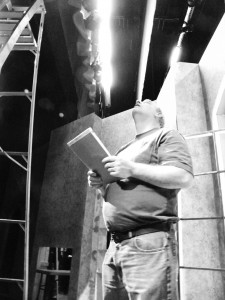
“I wanted to simplify the angles, bring light from odd places, and create some bold angle and color choices,” he said.
Sophomore Kristen Krak, who plays Count Dracula’s main victim Wilhelmina, said she thinks the show is “special.”
“(I)t’s a drama with witty writing that makes it quite funny at times, and it’s also very cool to play with so many special effects,” she said.
Gress said the special effects are used to allow more interaction with the audience.
“I wanted to visually re-introduce the audience to the experience of Dracula,” he said.
Knecht said she acknowledges the hard work of everyone making “The Passion of Dracula” come together.
“The management crew, actors, actresses and everyone have just been working so hard, and I am really excited to make this show look great so the actors don’t have too much to worry about and can just put on a great show,” she said.
